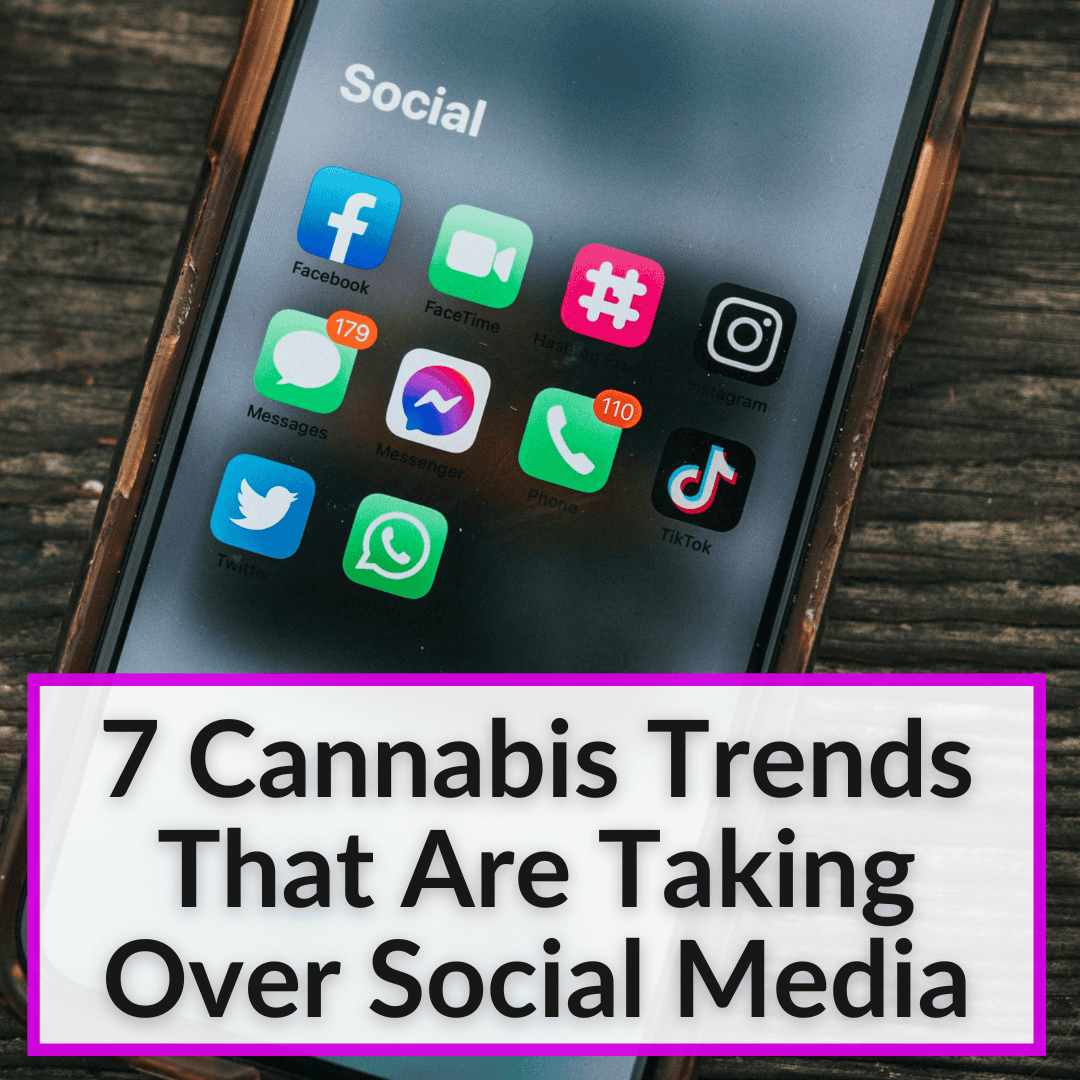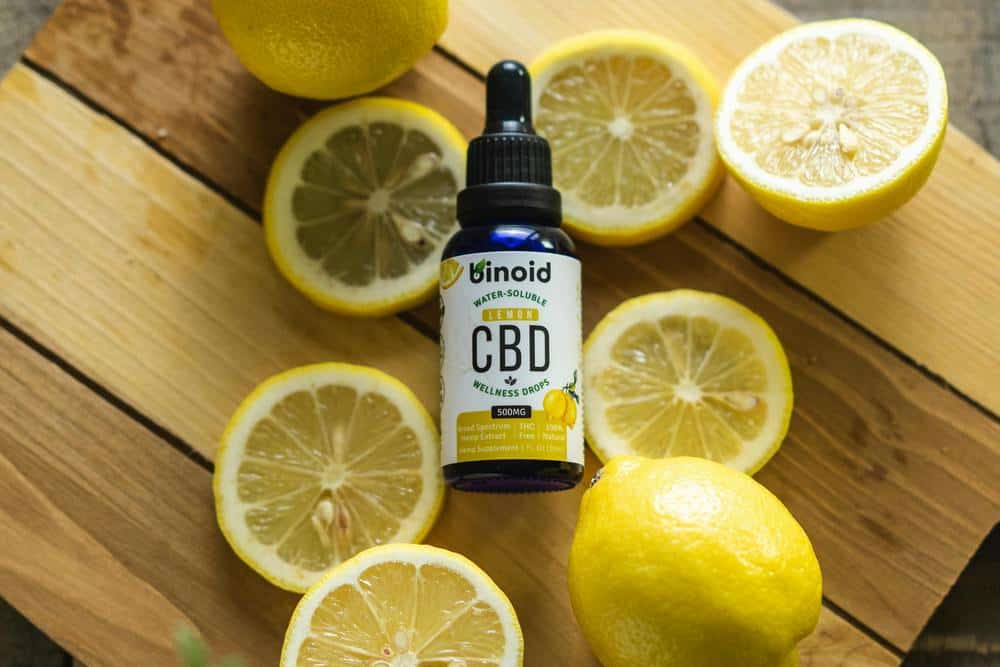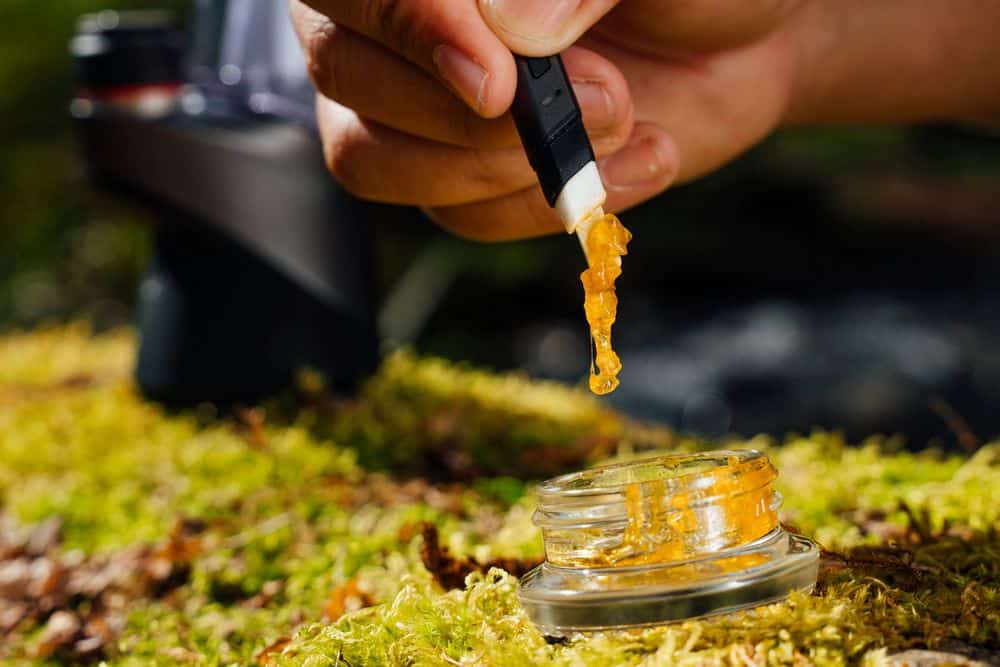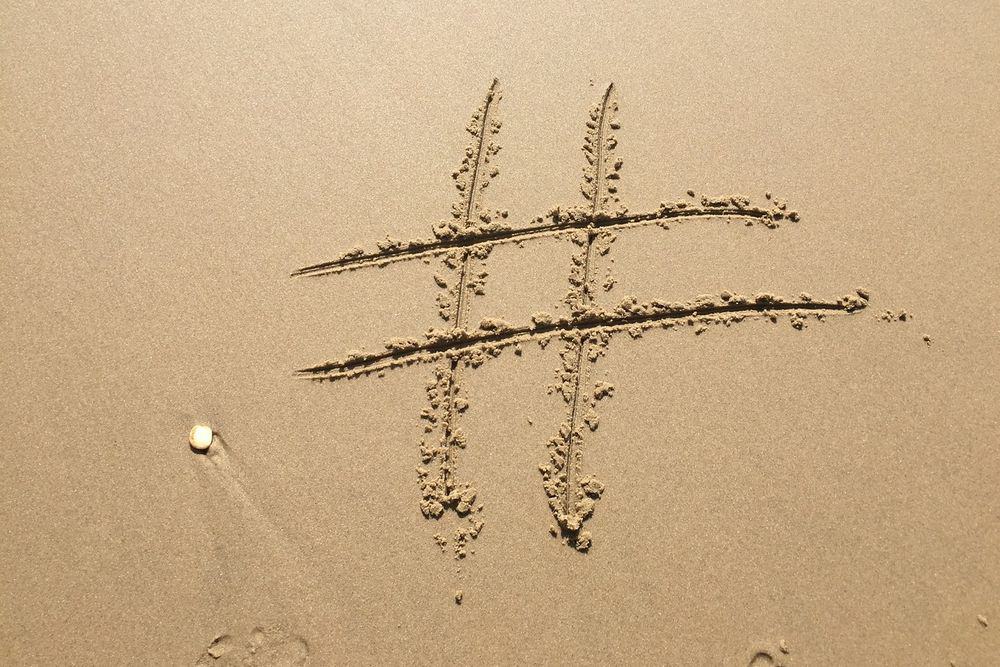 Cannabis is becoming more mainstream.
Cannabis is becoming more mainstream.
But a lot of platforms still balk at marijuana businesses using them to advertise their products.
As a result, these businesses are relying even more on social media to get the word out.
But even there, they sometimes have to find workarounds to avoid censorship.
That has led to some of the below cannabis trends taking over social media.
Others are the result of rapid changes in the industry.
Read through the marijuana-related social media trends below and see how many of them you have noticed yourself.
Contents
Cannabis Trends That Are Taking Over Social Media
The following trends have taken social media by storm, but for very different reasons.
CBD

CBD has become hugely popular because it offers the same great benefits of cannabis without making you high. It has also been used since ancient times, but until recently, it was only available as a supplement or extract. That has changed today.
The CBD (cannabidiol) industry has proliferated since hemp-derived CBD was legalized in 2018. In 2023, the global market for CBD reached $9.4 billion, just a few years after US legalization. This growth is expected to continue, with the market projected to reach $31.85 billion by 2027.
With such rapid growth, it is little wonder that people are buying CBD products more, and also talking about them a lot on social media.
Of course, most social media influencers know that it is still illegal to sell CBD products directly on these platforms. However, edible hemp seed and seed oil, as well as topical CBD products containing less than 0.03% THC, can be sold on an eCommerce site and promoted on most social media sites like Instagram without penalty. Instagrammers are capitalizing on this.
Cannabis Consumer Trends
In 2024, more women are being seen using cannabis, especially on social media. From 2020 to 2021, the number of female cannabis users increased by 51%. Most cannabis social media influencers are women.
Rapid legalization and new technology in the industry have brought a wide range of people to cannabis. Today’s cannabis users care about health and wellness and aren’t just recreational or medicinal users. They are highly experienced in using cannabis and are vocal about it.
On social media, they share their videos of using edibles, smoking, vaping, dabbing, or promoting cannabis topicals. Many also support microdosing, which means taking small amounts of CBD or THC. Learn the basics of cannabis microdosing here.
They often promote their favorite cannabis brands. Some have regular podcasts on the topic. They even showcase recipes with cannabis and have a growing number of followers who love weed as much as they do.
Vaping/Dabbing

More people prefer using marijuana concentrates through vaping devices. Many like vaping because it doesn’t produce smoke, often has little or no smell, and is easy to hide.
As a result, there’s a lot of pro-vaping content on social media. On TikTok, there are over 18.1 billion posts with the hashtag #vape. On Instagram, 16.4 million posts are tagged #VapeLife.
On YouTube, one can access cannabis vaping videos through search terms like ‘vaping cannabis’, ‘vaping weed’, ‘vaping marijuana’, or ‘vaping THC’.
Many of these are celebratory videos, although others are advertisements, product reviews, reflective videos, how-tos, and even warnings. ‘Risky behavior’ videos are also trending – for example, people vaping a whole THC cartridge in a single setting.
Using an e-cigarette or vaporizer to inhale marijuana concentrates is also called “dabbing,” and there are many posts about dabbing as well. Note that, “dabbing” also refers to an idiotic dance move and/or celebration that was popular a few years back, so the hashtags could be misleading.
Cannabis Cafes
Cannabis bars and cafes are becoming another popular trend, especially since cannabis has been legalized in over 21 states in the US. These establishments are popping up in many places, and travel bloggers and social media influencers are advertising them on their channels. Cannabis cafes and bars are also allowed to sell food and promote cannabis brands, creating a unique experience for visitors.
These cafes are welcoming spaces for like-minded cannabis connoisseurs. Some sell everything from flowers and pre-rolled joints to edibles, beverages, and smoking accessories.
Cannabis bars and cafes offer a comfortable environment for people to enjoy cannabis products, meet others with similar interests, and explore a wide variety of cannabis options.
Influencers are showcasing these spots, making them attractive destinations for both locals and tourists. This trend is contributing to the growing cannabis culture and it also promises exciting social experiences with cannabis consumption at its core.
Cannabis Tourism

Cannabis tourism is becoming increasingly popular worldwide. Some of the best countries for cannabis tourism include the Netherlands, the USA, Canada, Peru, Portugal, and Uruguay. Other countries, like Thailand, Malaysia, Costa Rica, and Morocco, are also catching up.
Cannabis tourists often visit for medical reasons, leisure, or a mix of both. These travelers enjoy activities that include cannabis and CBD, like spa treatments, as part of their trip.
They also post about it on their social media. Canna-enthusiasts get to explore a wide variety of flower strains, enjoy many types of edibles, and even find cannabis beverages in cafes and bars.
In the US alone, cannabis tourism is estimated to be worth $17 billion. This growing industry attracts many visitors who want to experience the unique offerings of cannabis-friendly destinations.
From shopping for different strains to enjoying cannabis-infused activities, cannabis tourism is a booming sector worldwide. Moreover, they get to talk about it on their social media channels and engage their followers.
But you do want to make sure you go to a weed-friendly country. Definitely avoid these countries where smoking marijuana is highly illegal.
Cannabis growers want to use social media sites like Instagram, LinkedIn, Facebook, and Twitter to promote their products. However, hashtags like #weed, #marijuana, and #stoners tend to do more harm than good.
Search engine algorithms are designed to track down these hashtags and they can even get a profile shadowbanned. (Shadowbanning is when the platform removes or does not show your posts to your followers.)

Instead, influencers have come up with sneaky cannabis-specific hashtags to engage their followers. Some of these are:
- #ouid
- #wəəd
- #710 (the mirror image or anagram of OIL)
- #cannabiscommunity
- #cannabisculture
- #weedstagram
- #weedporn
- #fourtwenty
Cannabis-Infused Beverages
Cannabis-infused beverages are trending on social media, especially among young people looking for alternatives to alcohol. According to a 2023 Gallup poll, only 62% of adults under 35 drink alcohol, down from 72% a couple of decades ago. As a result, cannabis beverages and cannabis-infused hot chocolates are becoming popular.
These drinks offer several health benefits. They are hangover-free and don’t cause painful mornings like alcohol can. Cannabis drinks are also known for supporting digestive health by promoting a healthy appetite, reducing nausea, and soothing digestive discomfort.
CBD-infused drinks, in particular, can improve overall digestive well-being. Most cannabis-infused beverages also contain very small amounts of CBD.
Influencers on social media are highlighting these benefits, making cannabis beverages even more popular. They share their experiences and promote these drinks as a healthier alternative to alcohol. This could be appealing to a growing number of health-conscious consumers.
Marijuana Trends On Social Media

The cannabis industry’s presence on social media is evolving rapidly, reflecting broader shifts in consumer preferences and market trends. Social media marketing for cannabis brands is becoming increasingly sophisticated, with brands adapting to new platforms and strategies to engage their audience effectively.
The rise of cannabis influencers is shaping conversations and driving trends, particularly with a strong female presence in the space. These influencers are not just promoting products but are also educating their followers about various aspects of cannabis use, from wellness applications to recreational enjoyment.
Cannabis tourism and the emergence of cannabis cafes are creating new content opportunities for social media, attracting both locals and tourists to share their experiences online. Additionally, the growing popularity of CBD products and cannabis-infused beverages is reflected in social media trends, appealing to health-conscious consumers looking for alternatives to traditional options.
As the industry continues to navigate complex regulations, creative marketing strategies are emerging to circumvent restrictions on certain platforms. This includes the use of clever hashtags and focusing on educational content rather than direct product promotion.
Overall, the cannabis industry’s social media landscape in 2024 is characterized by innovation, education, and community-building, as brands and influencers work to destigmatize cannabis use and showcase its diverse applications in everyday life.
Leave a Reply